Today, October 12, we mark World Arthritis Day to highlight the biggest cause of pain and disability in UK, affecting around nine million people.
Osteoarthritis is mainly associated with old age and people don’t usually consider trying a physio and sports injury clinic like mine for treatment, but a number of my clients are arthritis sufferers and there’s plenty a physiotherapist can do to help alleviate their symptoms.
National Arthritis Week
Even though it’s common, the pain of osteoarthritis often goes unnoticed by the public, which is why Arthritis Research UK is using World Arthritis Day to launch National Arthritis Week in the UK, from 12 th to 19 th October, to boost awareness of how the condition can affect loved ones.
Osteoarthritis (OA)
Osteoarthritis (more correctly called osteoarthrosis) can affect any joint. “Arthritis” is an umbrella term for degenerative conditions in joints. There are around 100 different types of arthritis, the most common ones being OA, Rheumatoid arthritis, Psoriatic arthritis, fibromyalgia and gout. OA is most closely linked to general wear and tear and old age, but not exclusively so.
The cartilage surfaces that cover the ends of bones inside a joint become thin, damaged or worn over time, so joints respond by trying to repair themselves. Bone grows outwards and can form bony spurs and extra synovial (joint) fluid forms, causing swelling.
Sometimes your body’s repairs work well and you don’t feel any pain or problems but in severe osteoarthritis, bones rub against each other and start to wear away. Cartilage loss, bone wear and bony spurs can change the shape of your joint, forcing bones out of their normal position, which leads to pain and reduced mobility.
What Causes Osteoarthritis?
There are many contributing factors to developing osteoarthritis as well as old age:
- Gender. OA is more common and worse in women, especially in hands and knees.
- Joint injury. Major injuries or surgery can lead to OA later on in life, as can very hard activity over a prolonged period.
- Genetic factors. Some rare forms of OA that can develop at an early age are genetic, as is nodal OA, which affects the hands of middle-aged women.
- Obesity. Excess weight contributes to OA in your knees.
- Other joint diseases. OA can result from damage caused by other illnesses such as gout.
Who Suffers from Osteoarthritis?
Osteoarthritis usually starts from the late 40s onwards. We don’t fully understand why it’s more common in older people, but it might be due to muscle wastage, a reduced ability for joints to self-heal or simply the effects of time.
Around 8.75 million people in the UK have sought treatment for OA. According to Arthritis Research UK, 33% of people over the age of 45 have the condition; 49% of women over 75 and 42% of men are affected.
The data, collected from GP surgeries, also shows that women are more likely than men to seek treatment.
Signs and Symptoms of Osteoarthritis
Symptoms vary from patient to patient and can even change with the time of day or their level of activity. I’ve had patients who complain of more pain when the weather gets worse; those old wives’ tales about predicting rain may be true.
These are common signs of OA:
- Pain. This can get worse when you move or at the end of the day.
- Stiffness. Your joints feel stiff until you get them flexed and moving.
- Reduced mobility. You can’t move a joint as freely as you used to, or to the same extent.
- Grating or grinding in your joint (crepitus). You feel a crunch or creak when you move.
- Swelling. This can be hard (caused by bony growth) or soft (thickening of the join fluid).
In severe cases, the pain can be constant, stopping you from sleeping or leading a normal life. This is something I can help my patients with.
How can a Physiotherapist Help with your Osteoarthritis?
At Petersfield Physio we offer a number of treatments to help alleviate both the pain and the restrictive effects of OA:
- Acupuncture can be particularly helpful in reducing the pain of OA.
- Electrotherapy for pain relief
- Joint mobilisations to increase your range of movement.
- Exercises designed to strengthen the muscles that support and protect all your joints.
A lot of people with OA suffer in silence. National Arthritis Week is an ideal opportunity to discover if a physiotherapist can help reduce the pain and restore some of your old flexibility.

Recent Comments